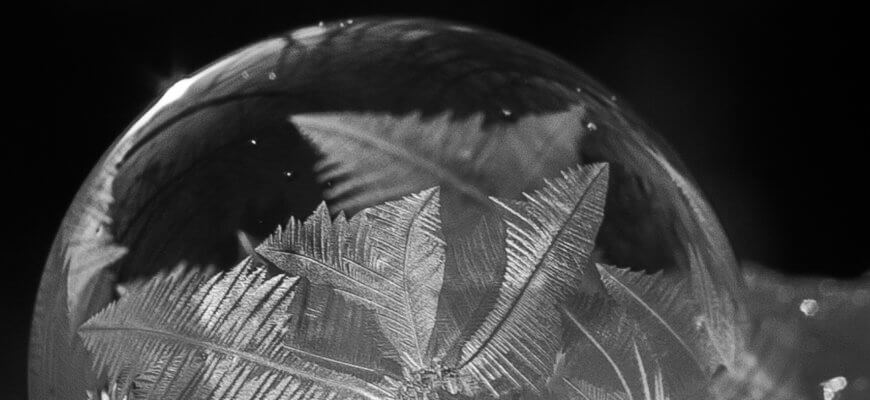Hello to this week’s frosty article.
My motivation for this article is to show you the paradox which can appear when you try to solve a specific problem via biomimetics or biomimicry. Sometimes you can draw parallels between properties of already found solutions to other circumstances. These parallels first appear to not have any connection to your actual problem.
The last articles of Anja and Katharina were about an animal and plants.
Different kind of lifeforms have not to evolve complete different “techniques” to avoid the same bad scenario! But, it also does not mean that a specific” technique” cannot solve problems that apparently have nothing in common with circumstances which original led to a specific problem solution.
(Maybe that is the reason we call it common sense -.-)
Desert solutions
We have already published two articles, including the Namib desert beetles and their ability to collect water from fog. Via this technique, these kinds of beetles do not suffer from dehydration. To remind you about their water collecting method I include the links to Anja’s and Victor’s articles here:
Anja’s water collection methods
Ice and traffic
There are specific cases where we wish to not have a frozen surface. Of course, the winter is coming and I do not know anyone who likes to leave their house to directly have a butt to ground conversation (nonverbal of course). So, we prepare our streets and sidewalks with salt to reduce the melting point of water. That way we try to keep the streets ice free. [1]

An Aeroflot Airbus A330-200 undergoing de-icing at Sheremetyevo International Airport [4]
Some vehicles have another angle to that problem. So is icing a very critical problem to airplanes, because it influences the aerodynamic properties and weight. The de-icing has 2 different approaches, a chemical method and heating via infrared radiators. The chemical approach uses propylene glycol or ethylene glycol and is just sprayed over the aircraft. This method is the standard, because it is fast and logistically easy to operate.
Both solutions have one problem in common. They have only a temporary effect and need to be repeated sooner than later. [2]
Non-freeze surfaces
A proper solution would be a surface that prevents the water on it to freeze. Exactly that was published by a team of Virginia Tech at the beginning of the year.
Here is a small summary of the Namib desert beetles water collecting method:
The insect has a bumpy shell with hydrophobic tips, which causes the humid air to form water drops. The sides are smooth and also repel water, so the water runs from their back to their mouth.
The same structure that allows the Namib desert beetles to collect water makes it possible to prevent the water of freezing. How is that possible?
The Virginia Tech team created an experimental setup based on the beetle shell.
They created a zone which was based of a hydrophobic surface with hydrophilic dots one it. All the dots have a defined space between them. Then dew drops were created by cooling down the whole zone, so water condensation was possible. Dew drops prefer to grow on the hydrophilic dots and when it was cold enough the drops were freezing.
The interesting thing is that the growth of ice depend on an “ice bridge” between the dew drops. If the distance between two drops is close enough the frost wanders from one drop the other. A chain reaction.
On the other side, if the distance between two dew drops is too big, the frozen dew drop evaporates completely.
It seems that the key to control ice, is the conditioning of water condensation and the spacing of the water drops.
“Ice serves as a humidity sink because the vapor pressure of ice is lower than the vapor pressure of water. The pressure difference causes ice to grow, but designed properly with this beetle-inspired pattern, this same effect creates a dry zone rather than frost.” – Jonathan Boreyko
To close the topic here is a video of the experimental setup where you can observe the growth of ice depending on the space between the droplets. [3]
Kind regards,
Jan
(I didn’t forget the clear ice cube guide. I will write about it before the holidays, after our 2 guest *spoiler*)
References
[1] https://en.wikipedia.org/wiki/Snow_removal#De-icing_and_anti-icing
[2] https://en.wikipedia.org/wiki/De-ice
[3] https://vtnews.vt.edu/articles/2016/01/012516-engineering-frostresearch.html
[4] By Alex Pereslavtsev [GFDL 1.2 (http://www.gnu.org/licenses/old-licenses/fdl-1.2.html) or GFDL 1.2 (http://www.gnu.org/licenses/old-licenses/fdl-1.2.html)], via Wikimedia Commons
Post image by Paul VanDerWerf



